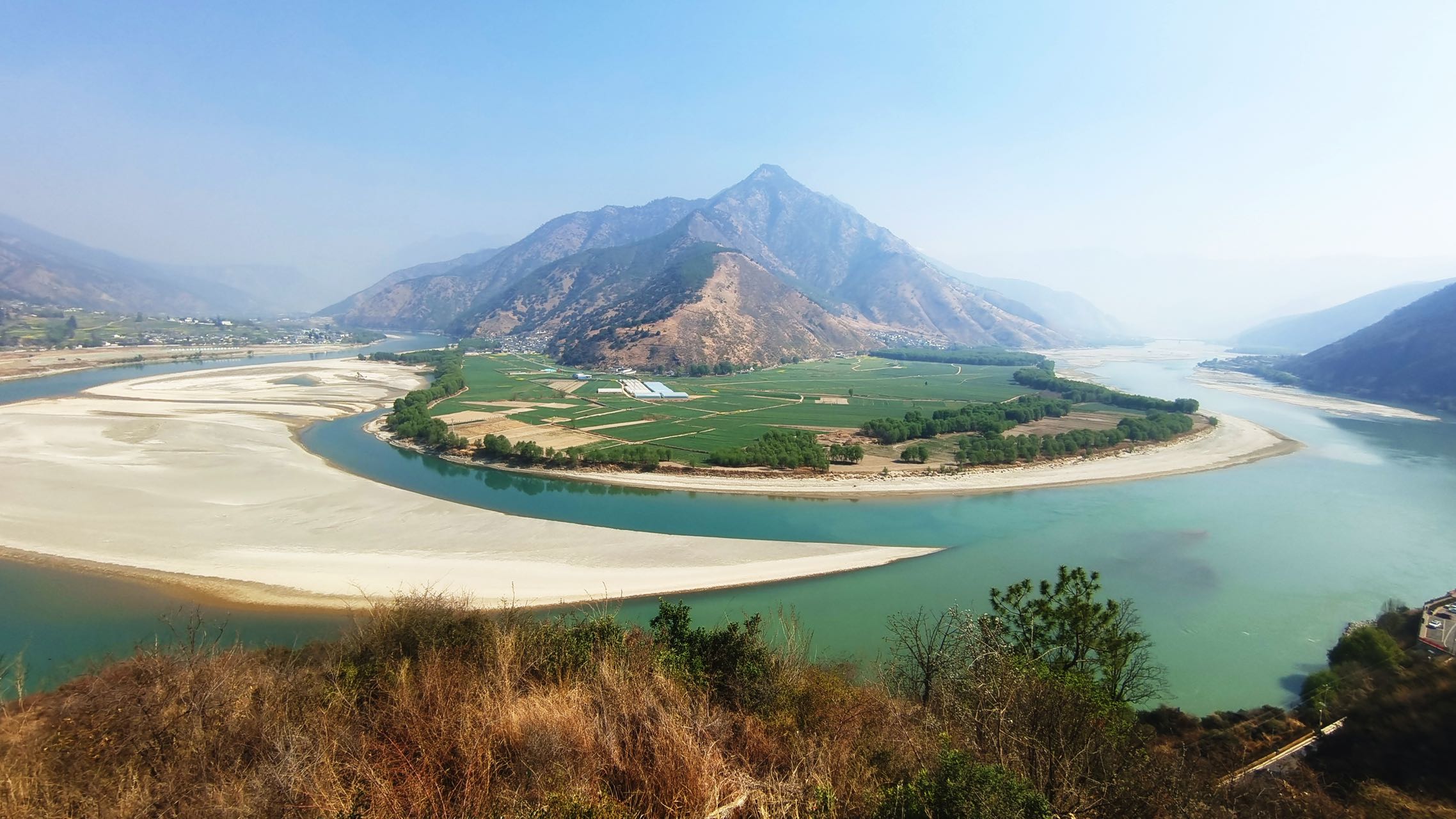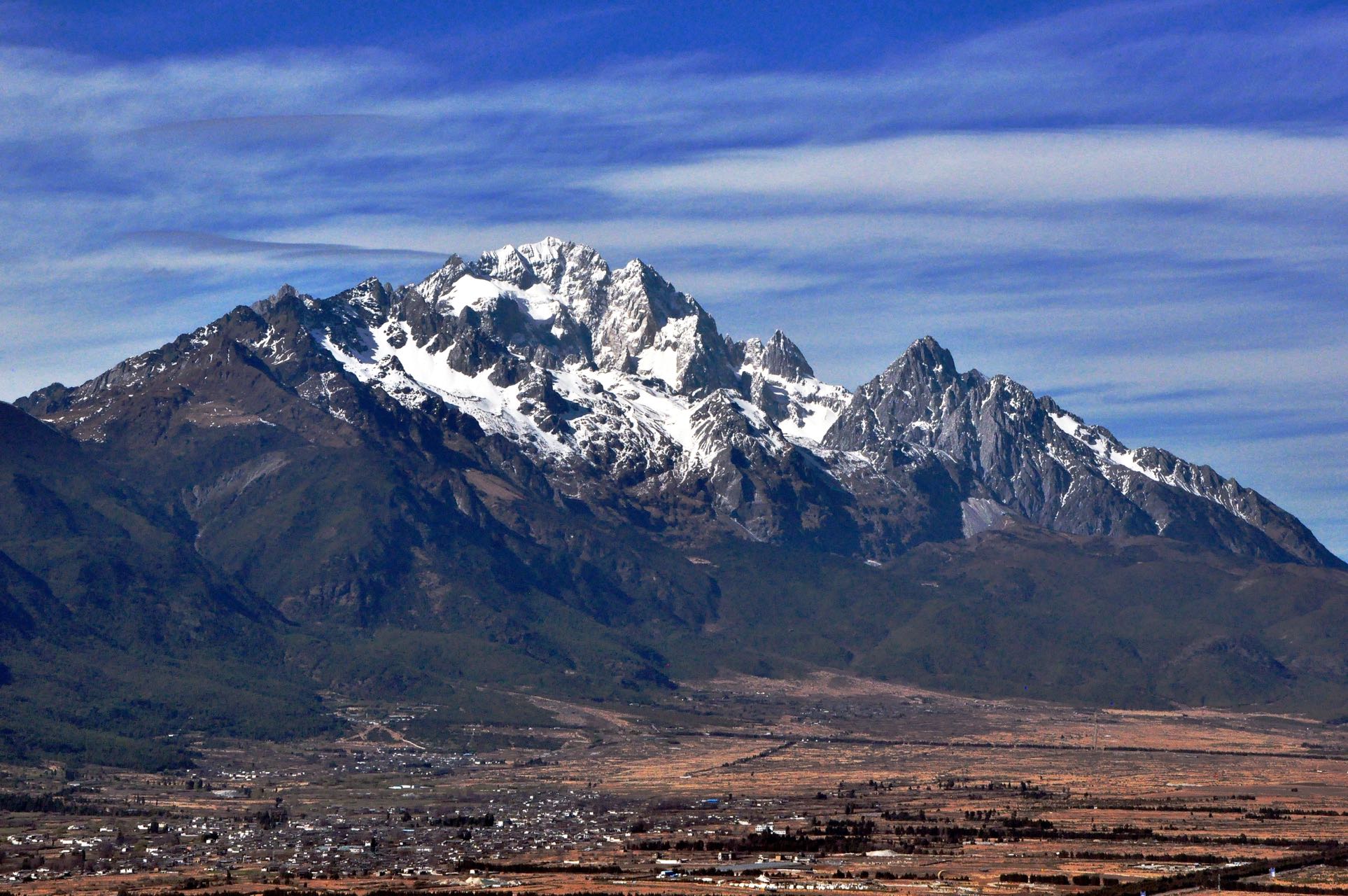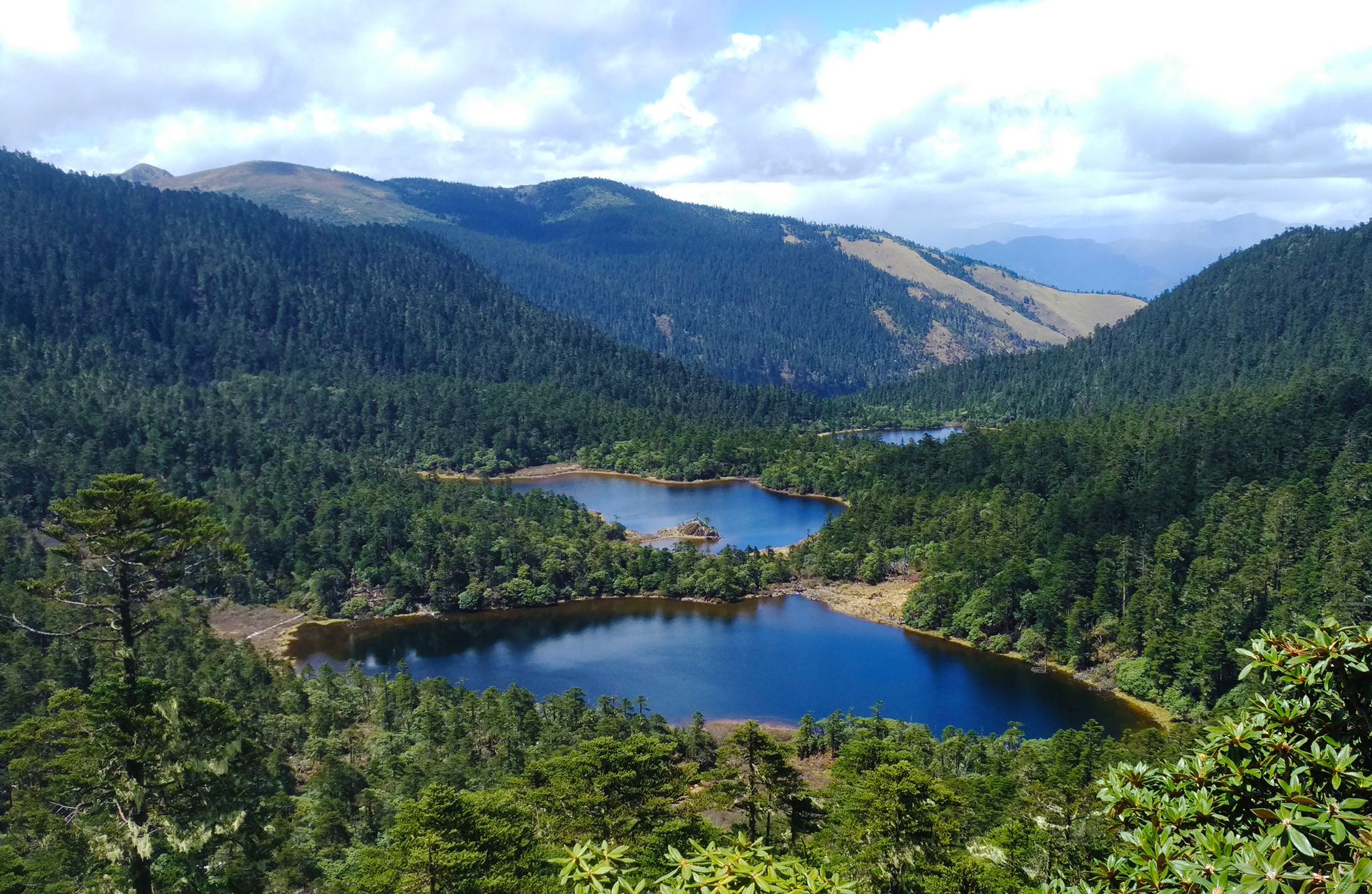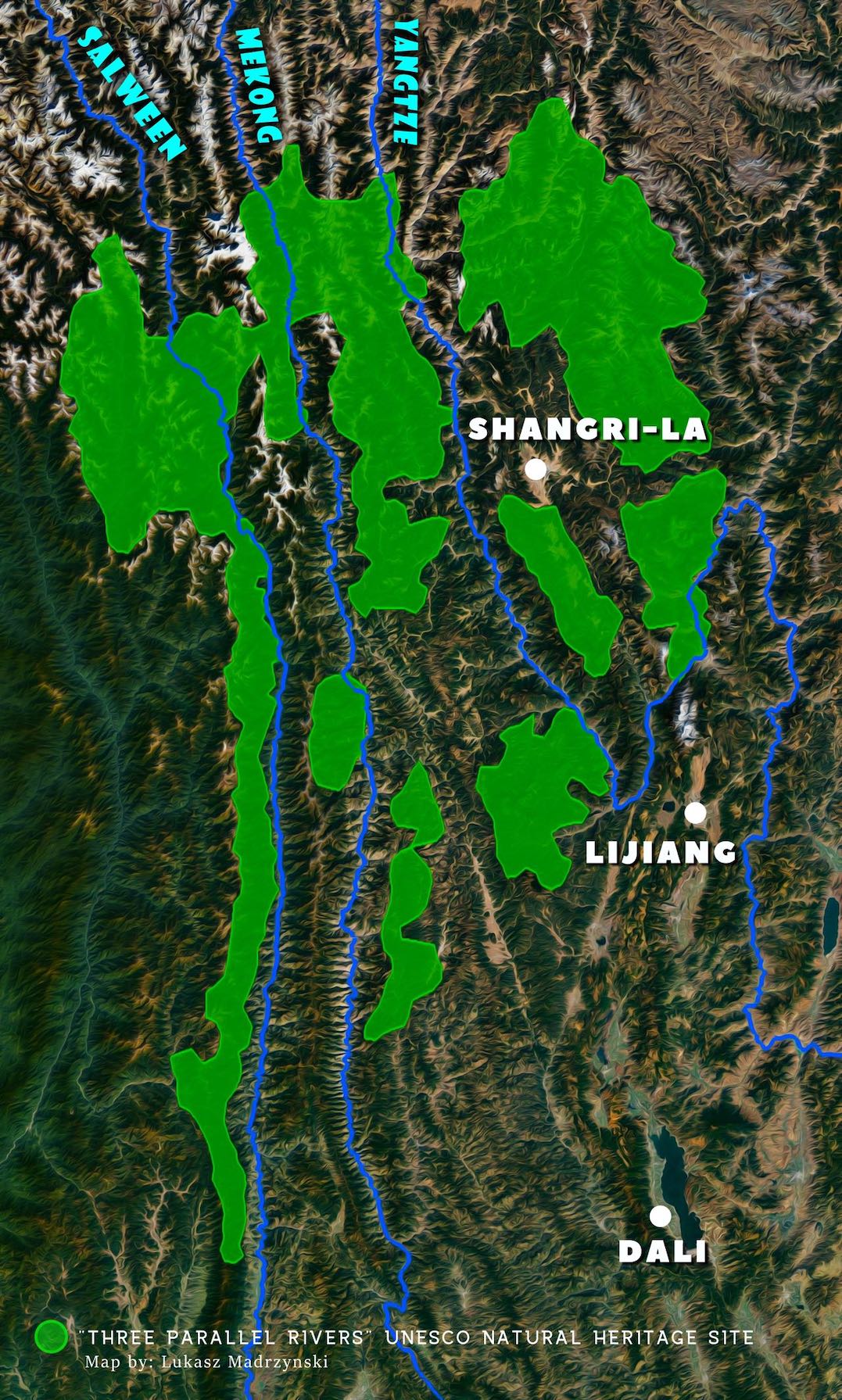As pandemic restrictions start to ease up, there has never been a better time to visit Yunnan. Most people will have heard about Dali, Lijiang and Shangrila – known for their vibrant old towns along the ancient “Tea and Horse Road” that stretch from Tibet to Southeast Asia. Each of these places have distinct features, displaying architectural and cultural characteristics of their own prevalent ethnic groups — the Bai of Dali, the Naxi of Lijiang and the Tibetan of Shangrila.
 Ancient Naxi Dongba Literature Manuscripts
Ancient Naxi Dongba Literature Manuscripts
The route between Dali, Lijiang and Shangrila has historically been of great importance for commercial activity, but it was also crucial for cultural exchange between Tibet, Southwest China and the Indian subcontinent. In addition to the cultural significance of these places, this region also happens to be a world-class biodiversity hotspot, home to vast nature reserves offering some of the most spectacular natural landscapes, immense biodiversity and highly endangered wildlife.
 The First Bend of Yangtze River in Lijiang
The First Bend of Yangtze River in Lijiang
You can start your eco-journey in the geological wonderland of Dali. Just a short hike from the old town, two billion-year-old metamorphic rocks – including beautiful marble – as well as many impressive landforms, can be seen in the Mount Cangshan UNESCO Global Geopark, which was once covered by glaciers. The geopark serves as a great introduction to the complex geology, geography and natural history of northwest Yunnan, and how all of those components shaped the rich biodiversity that is found there today.
After a day spent hiking in the mountains, it’s time to visit the Lake Erhai Nature Reserve, located just east of Dali Old Town. In recent years an “eco-belt” project has been implemented in the area adjacent to the lake. This highly publicized project serves as an insightful case study of the dramatic shift and renewed commitment to nature conservation in China. After years of unfettered construction along the lake’s perimeter, the government stepped in to scale back development, manage water pollution and restore natural habitats. Now, visitors to Erhai Lake can see birds returning and other wildlife flourishing in the clean waters of this massive waterbed.
 Erhai Lake Nature Reserve in Dali
Erhai Lake Nature Reserve in Dali
A two-hour high-speed train ride away from Dali is Lijiang, with its astonishing landscape, reminiscent of the European Alps. It feels worlds apart from the coastal “Dalifornia,” as some like to call it. Like Dali, Lijiang deserves at least a few days to immerse and soak in the immense richness of the natural environment.
 Jade Dragon Snow Mountain
Jade Dragon Snow Mountain
Upon your arrival in Lijiang, you will be met by the jagged, snowcapped peaks of Jade Dragon Snow Mountain, a continuous presence that looms over the ancient town. It is home to the southernmost glacier of the northern hemisphere. The glacier and its surrounding ecosystems are of great value for the scientific research on climate change and a must-visit destination for all those who wish to witness some of the concrete effects of global warming and learn more about the local mitigation and adaptation efforts.
 Migratory Birds in Lashihai Wetland Nature Reserve
Migratory Birds in Lashihai Wetland Nature Reserve
During your stay in Lijiang, make sure to put aside at least half a day to explore the protected Lashihai Wetlands of International Importance that are home to over 200 distinct bird species. Once crowded with tourists partaking in boat and horse rides on the lake and adjacent grasslands, strict conservation measures have been implemented in recent years that resulted in the banning of all activities that might disturb this fragile ecosystem. Nowadays, you can enjoy a peaceful birdwatching stroll along the newly constructed walkway that surrounds the core protected area and visit the wetland park to learn more about the biodiversity and conservation of this important place. Many bird species can be seen here throughout the year, but the best time to visit is during winter, when migratory birds flock here in hundreds of thousands, among them the beautiful Black Stork and Red-crowned Crane.
 Laojun Mountains Ninety-Nine Dragon Pools
Laojun Mountains Ninety-Nine Dragon Pools
Another great nature destination is Laojun Mountain National Park, with its primeval temperate rainforests and peculiar geological formations. Much of the flora and fauna here can only be found in this specific part of the world. Many of the local plants, fungi and animal species are considered endangered and protected by international and domestic standards. Each spring, up to a hundred distinct species of rhododendron trees bloom here, and each autumn the trees lose their foliage, covering the vast mountains with vibrantly colored blankets.
 Himalayan Blue Poppy in Laojun Mountains
Himalayan Blue Poppy in Laojun Mountains
Further north of Lijiang, at the edge of Tibetan Plateau, sits Shangrila, with its vast open grasslands filled with grazing yaks and Tibetan horses. Reaching Shangrila from Lijiang is becoming ever more convenient. Traveling the newly built highway only takes two hours by car or bus, and the soon-to-be completed high-speed railway will cut that time further in half. On your way to Shangrila, you can stop at the magnificent Tiger Leaping Gorge, tightly squeezed between the awe-inspiring peaks of Jade Dragon and Haba snow mountains.
Upon your arrival in Shangrila, you should visit the Napa Lake Nature Reserve and its adjacent Shangrila Alpine Botanical Garden, located just a few kilometers away from Dukezong Old Town. The garden is a sanctuary of rare flowers that boasts a huge collection of over 600 endemic plants and gives you the chance to discover them during a pleasant walk through its beautiful grounds and informative exhibitions. Among those plants, you will find a rich variety of wild orchids, primroses and gentians that can only thrive at high, alpine altitudes.
 Napa Lake Nature Reserve in Shangrila
Napa Lake Nature Reserve in Shangrila
Also close by, is the Pudacuo National Park, notable as the first national park of China, with the most extensive experience in balancing complex trade-offs between local conservation and economic development. A bit further away is the Yunnan Snub-nosed Monkey National Park, which is the only place in the world you are guaranteed to see these elusive and highly endangered monkeys in their natural habitat.
 Yunnan Snub-nosed Monkey in Shangri-La
Yunnan Snub-nosed Monkey in Shangri-La
Both of these national parks are located within the core protected areas of the ‘Three Parallel Rivers” UNESCO Natural World Heritage Site, a network of 15 protected areas that constitute “the richest biodiversity in China and maybe the most biologically diverse temperate region on earth,” according to the UNESCO world heritage status governing body.

Map of the “Three Parallel Rivers” UNESCO World Heritage Site
With a network of protected areas stretching throughout the whole northwest of Yunnan, it is no surprise why this region is considered one of the most magnificent places on Earth. Some of these areas are easy to get to, while others may require special permits. As always, when visiting nature reserves and the communities living within them, it is best to leave them better than you found them and support local businesses and organizations that are actively involved in nature conservation and sustainable development. This way, the outstanding ecological value of northwest Yunnan can be preserved and admired by many more generations to come.
All images courtesy of Lukasz Madrzynski. For more information about traveling to these areas, contact Lukasz Madrzynski at lukasz.madrzynski@yahoo.com. Lukasz is a UNEP-Tongji IESD graduate, a member of IUCN CEC and UNESCO-WHITRAP “Heritage Asia-Pacific Network”, an expert researcher for China Biodiversity Conservation and Green Development Foundation, and the co-founder of Lijiang Wild Mountain company, which offers ecotourism, nature education and sustainability consulting services in northwest Yunnan.





















0 User Comments